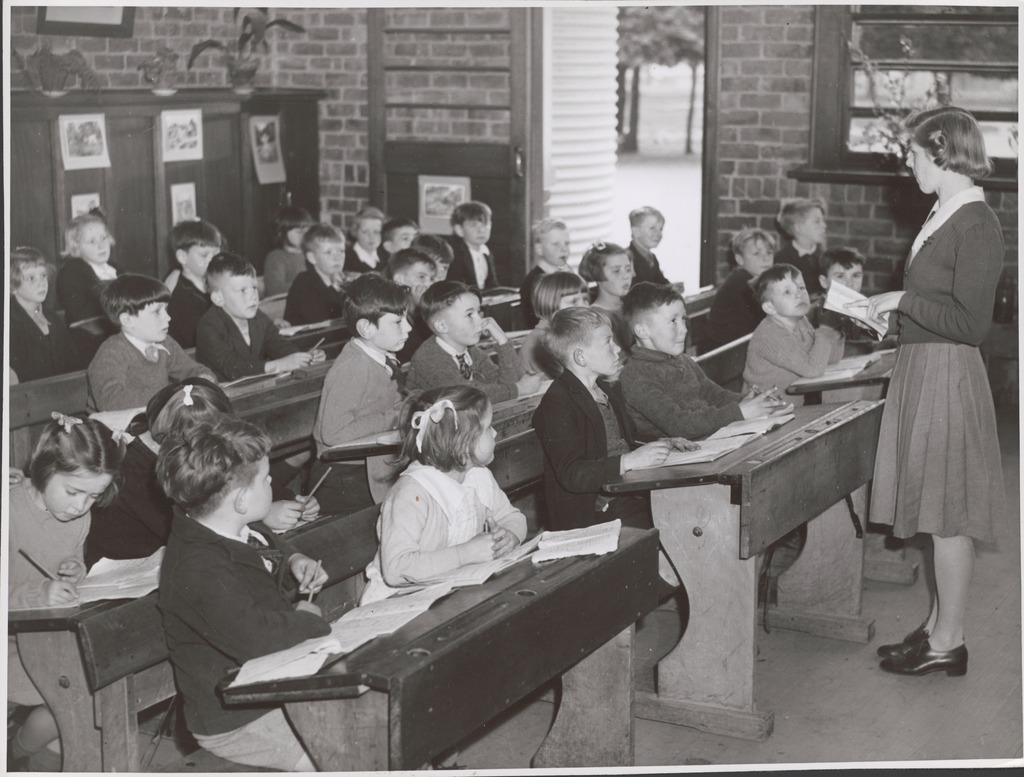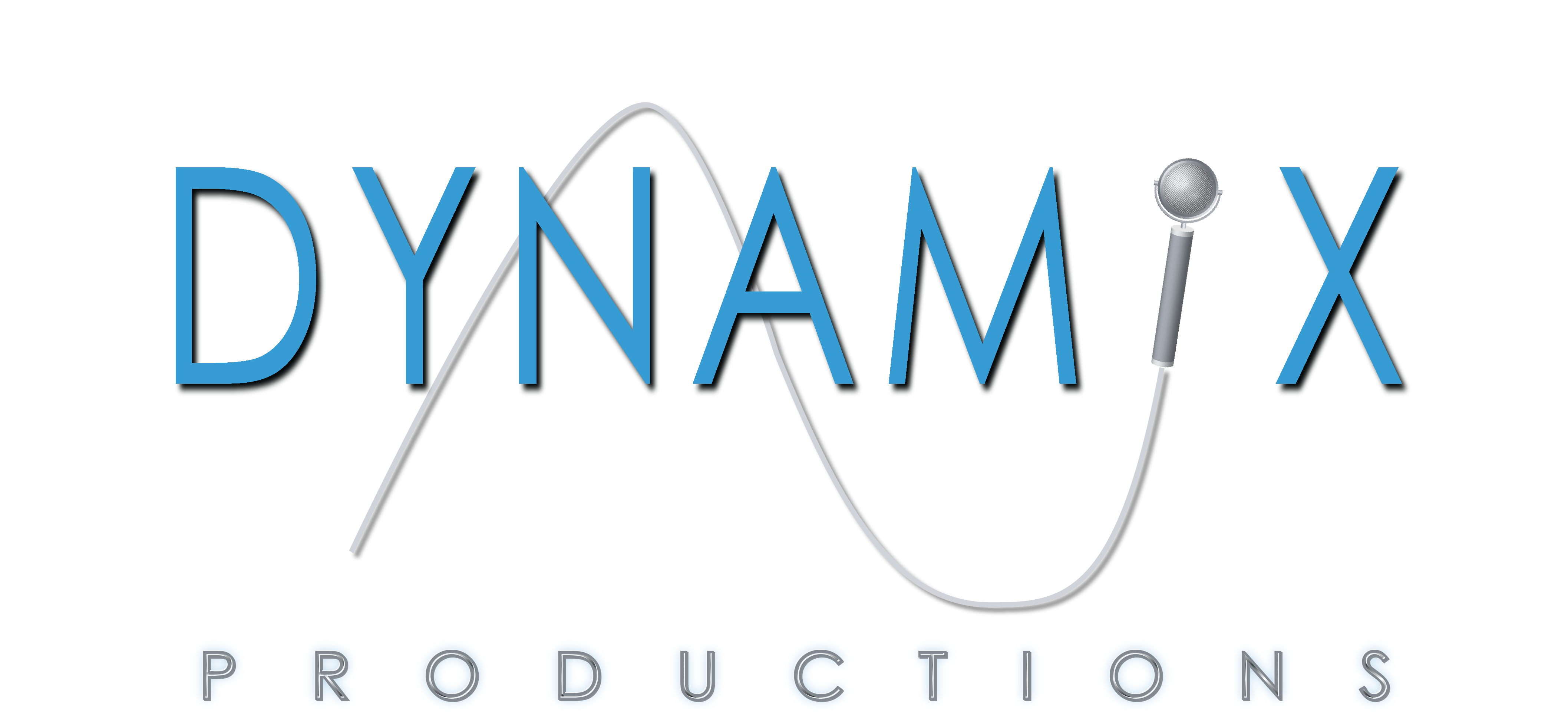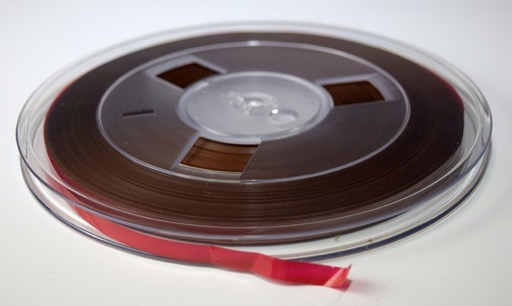

- © 2003 - 2025 Dynamix Productions, Inc. Contact Us 0



"It was easier just to say it out on a tape than trying to write it because it will take a lot of writing paper in order to get it straight."
Private First Class Frank A. Kowalczyk
Long Binh Post, Vietnam, 1969
Back when it was expensive, or impossible, to call someone long distance, friends and family members would send messages on records and tapes to each other through the mail. Not only was it more affordable, it was a more personal way to stay in touch with each other and have some fun doing it. When I digitize some of these audio letters for customers, and feel like I'm transported back in time that a way that a letter can't take me.

“The only real way to disarm your enemy is to listen to them.”
Amaryllis Fox
Writer, peace activist, former CIA Clandestine Service officer
Eavesdropping on the enemy in times of war can be essential to victory. During World War Two, a tucked away family farm in New England would save thousands of lives while being a key to Allied victories over Germany and Japan.